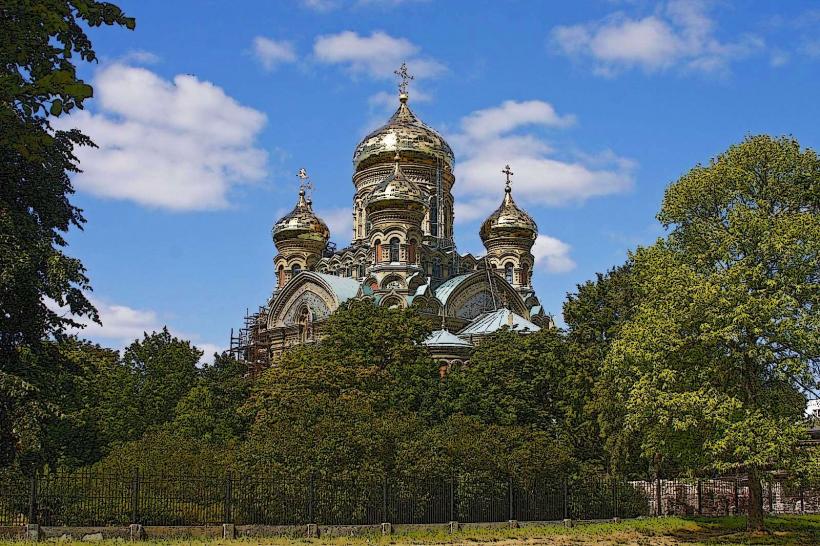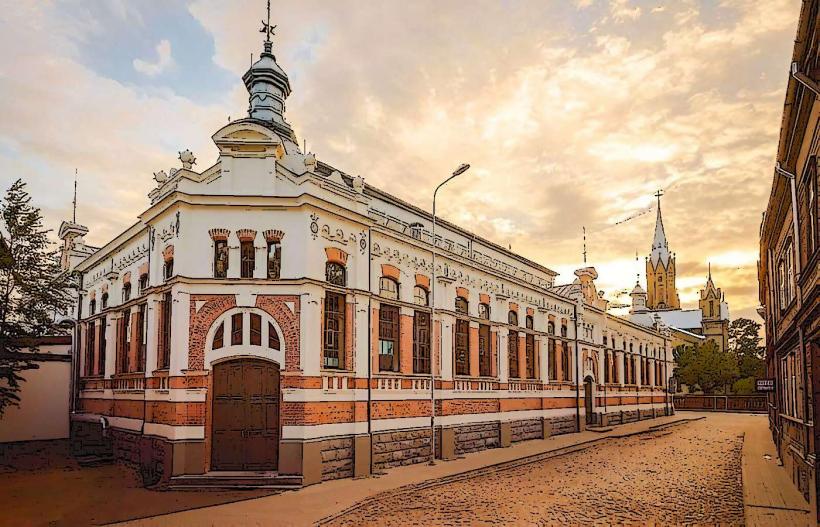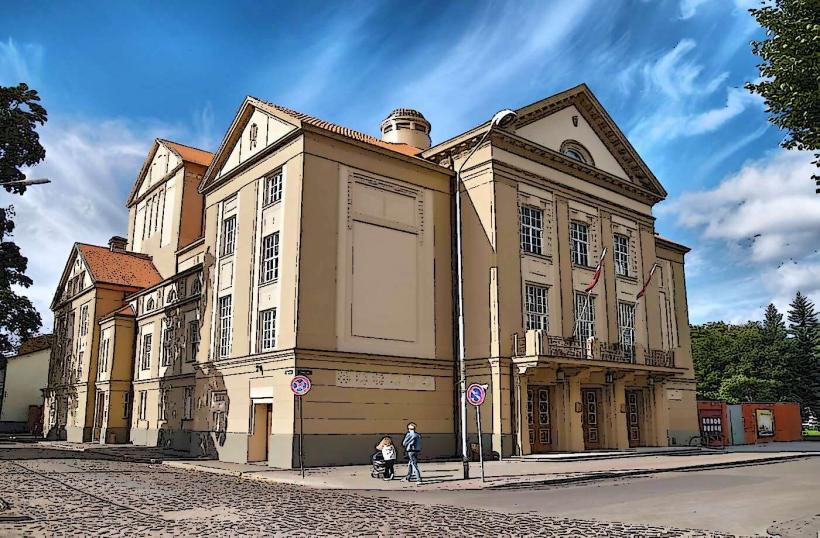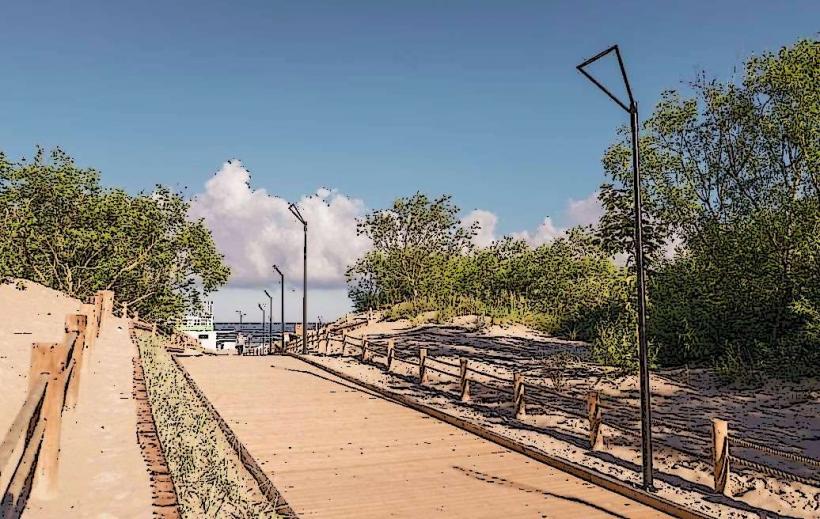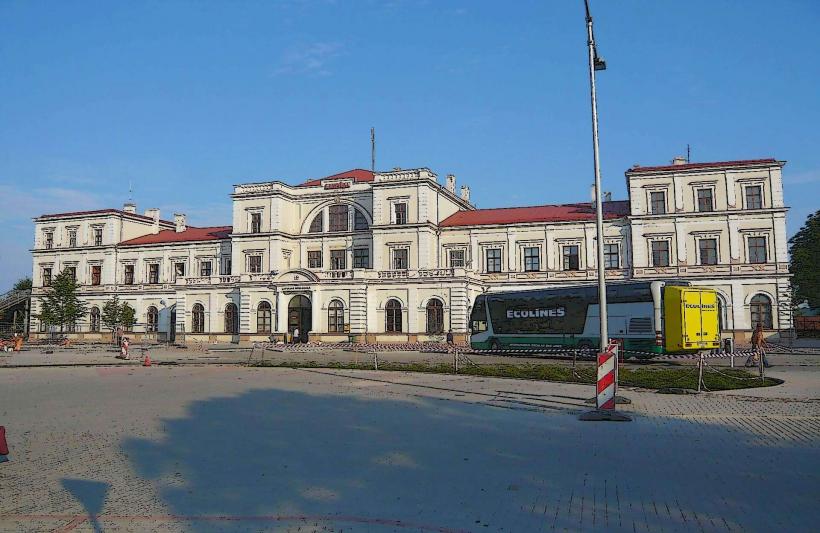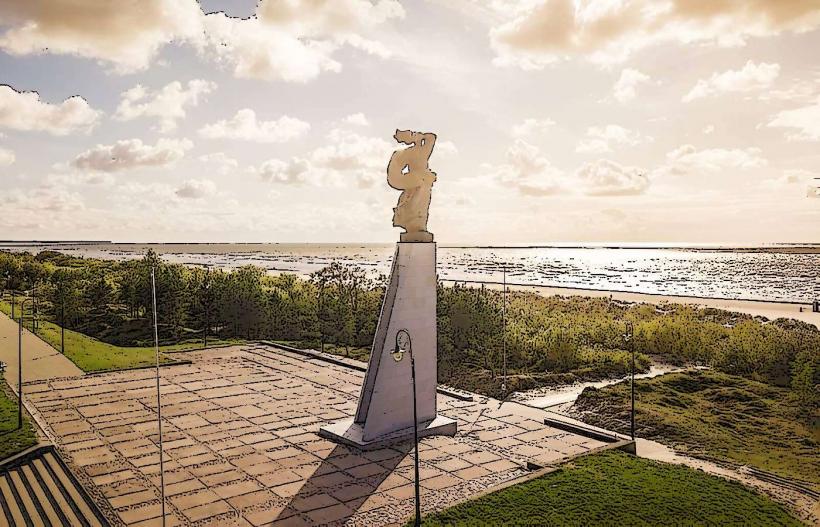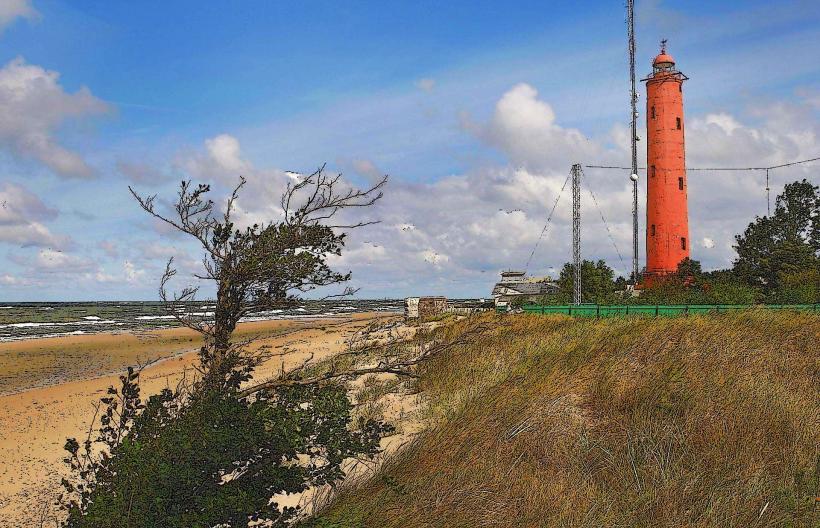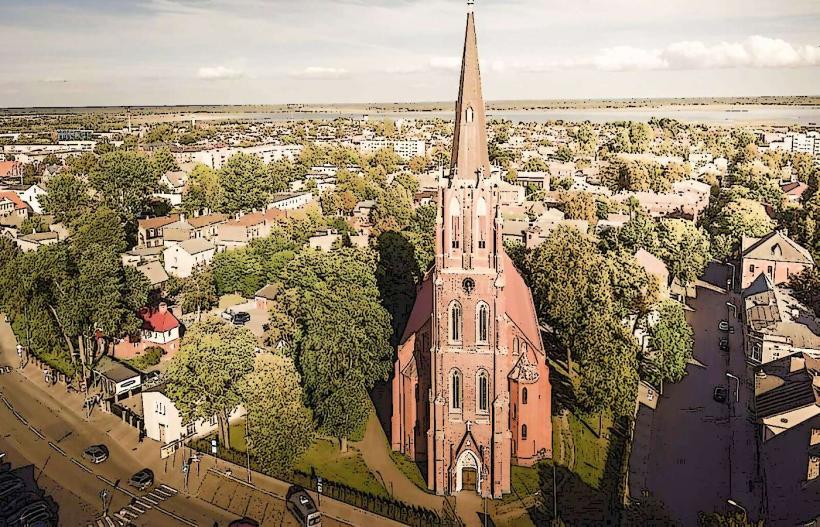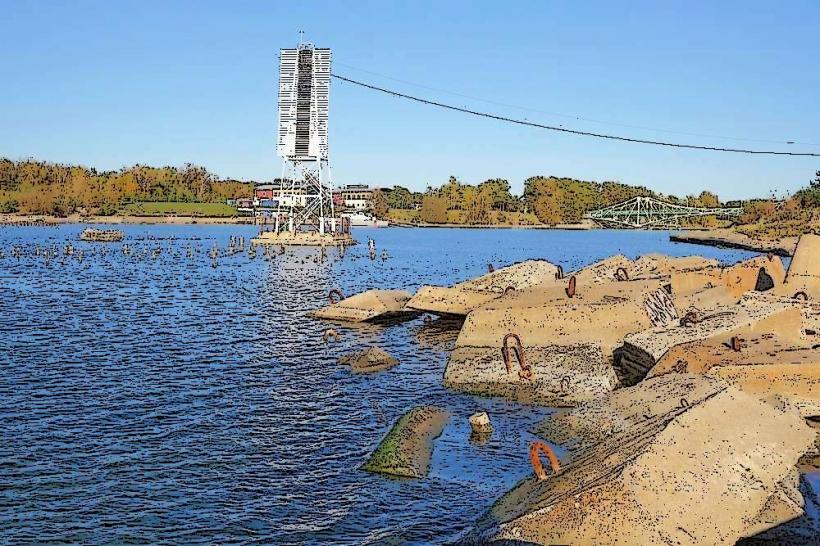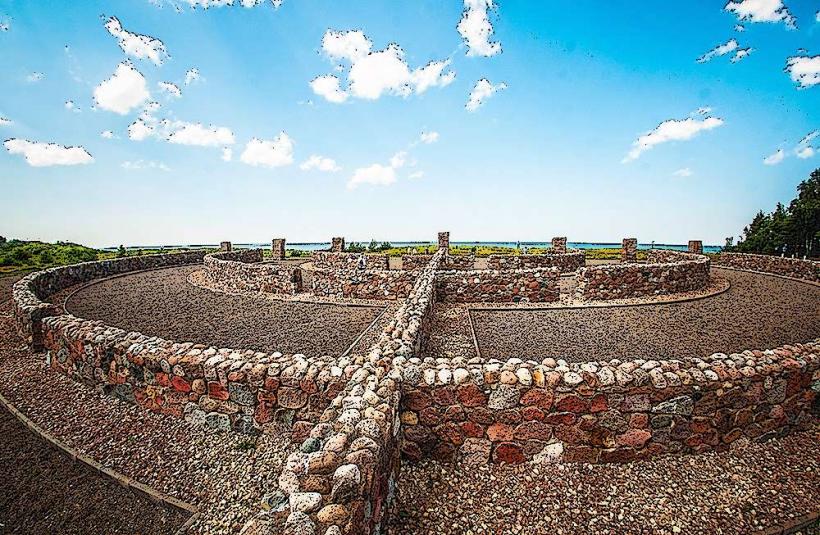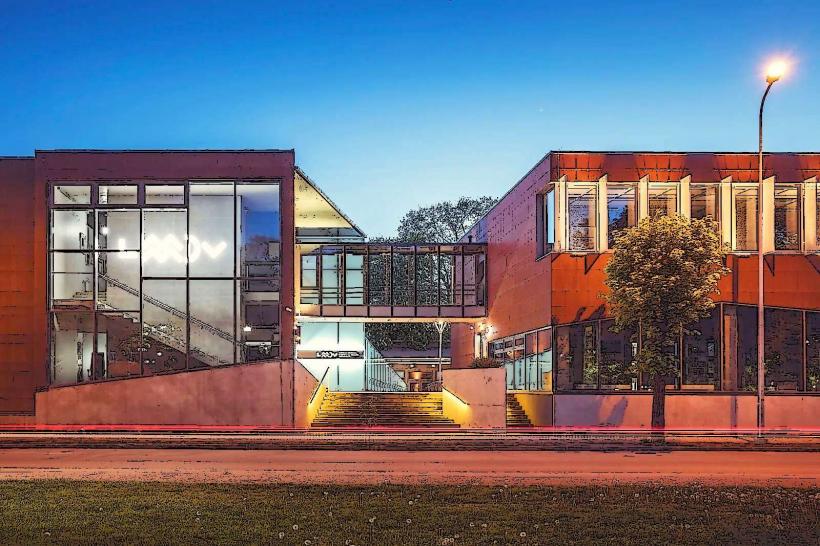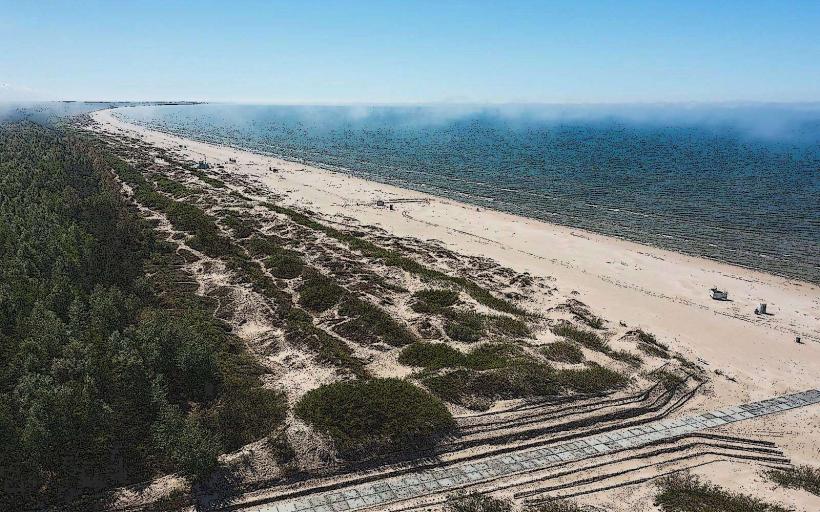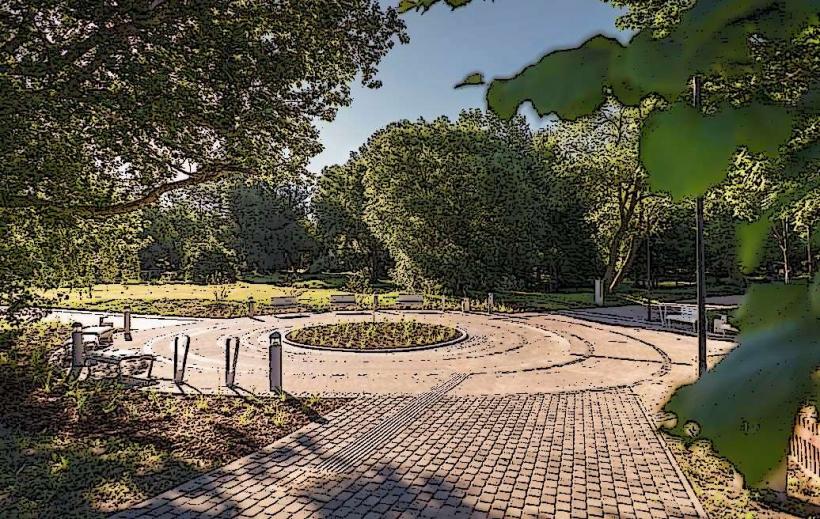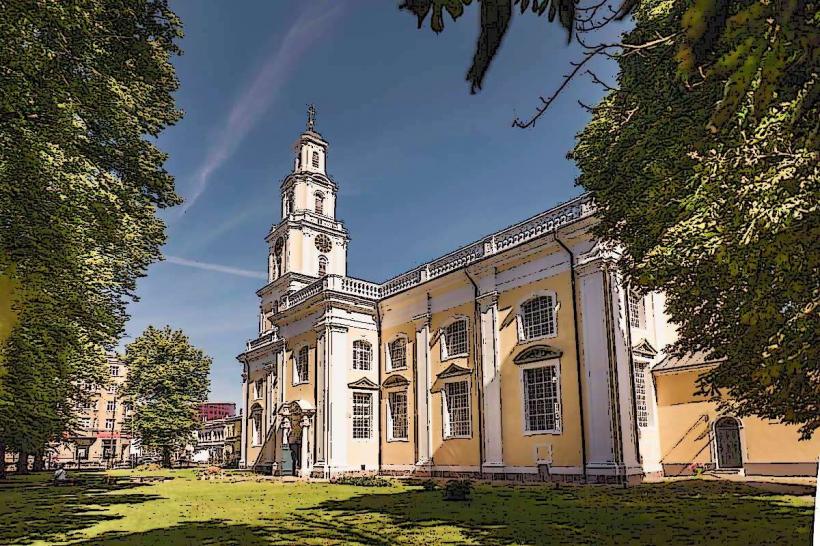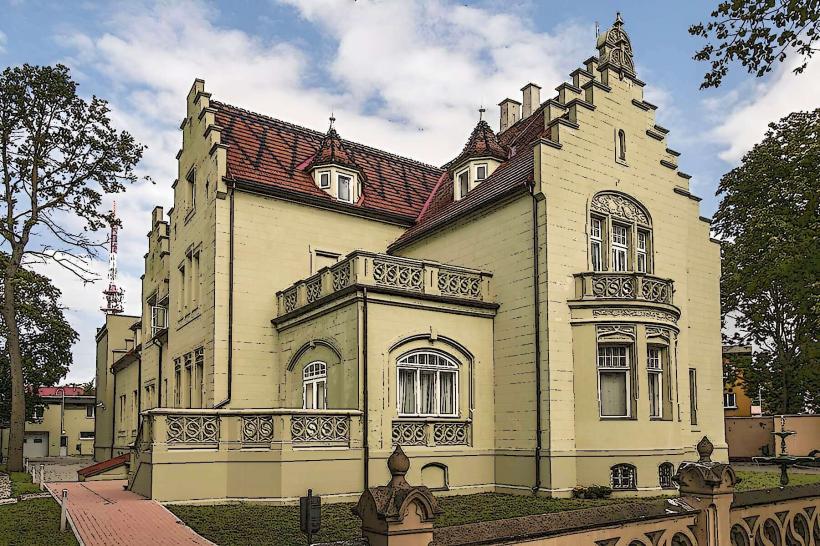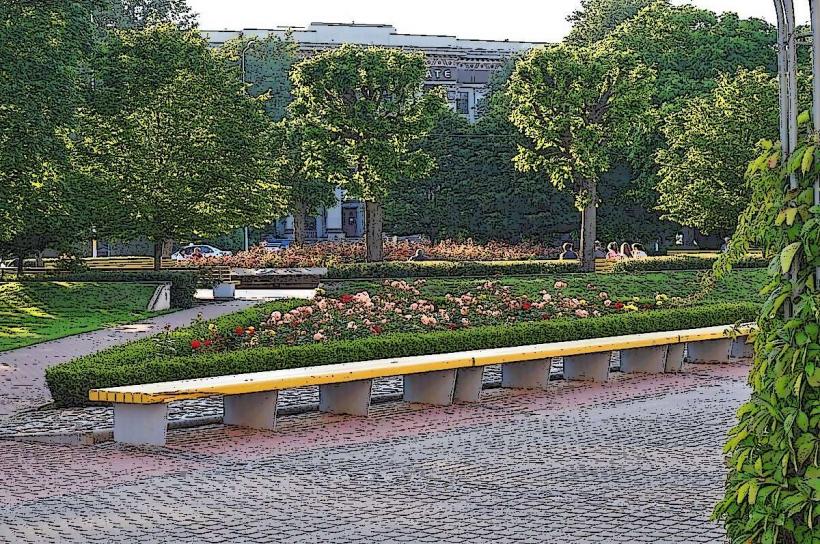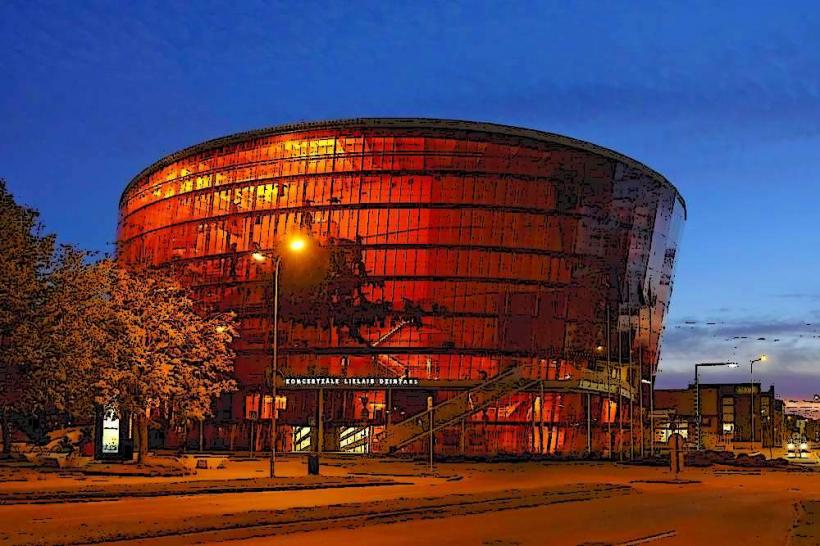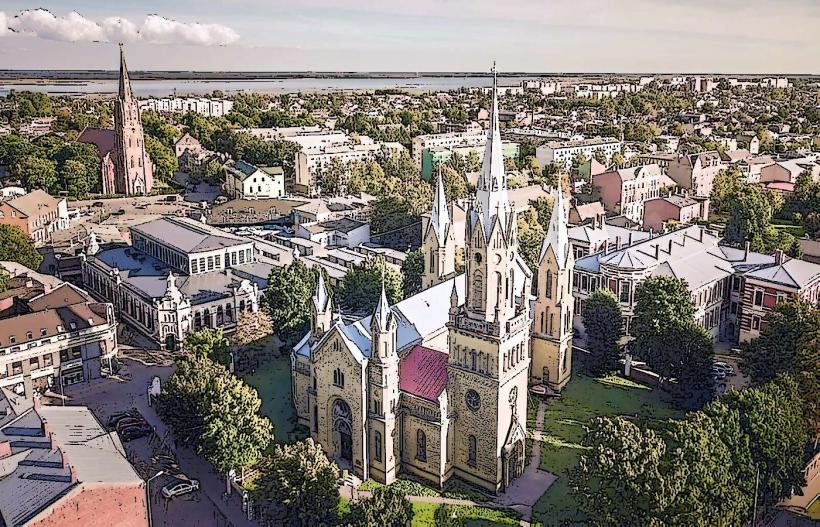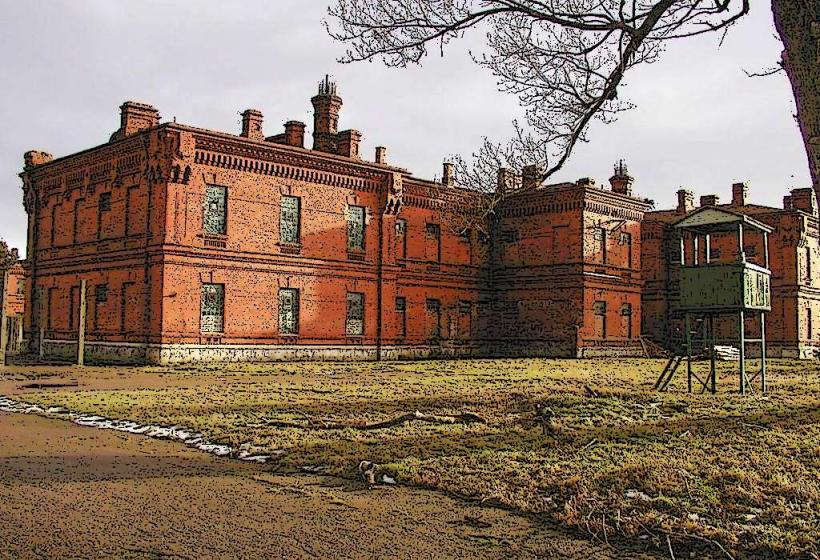Information
Landmark: Northern FortsCity: Liepaja
Country: Latvia
Continent: Europe
The Northern Forts (Ziemeļu forti) are a significant historical landmark located near Liepāja, Latvia, on the Baltic Sea coast. They are part of the extensive Karosta military complex, built in the late 19th and early 20th centuries as part of the Russian Empire’s defense strategy. The fortifications were intended to protect the naval base of Liepāja, one of the most important naval ports in the Russian Empire, and later the Soviet Union. Today, the Northern Forts are a popular tourist attraction, known for their historic significance, dramatic ruins, and unique atmosphere.
History and Construction
- Construction under the Russian Empire: The Northern Forts were constructed between 1890 and 1900 during the reign of Tsar Nicholas II as part of the defense system of the Russian Empire. They were built to protect the naval base at Karosta, which was of strategic importance due to its location along the Baltic Sea. The forts were designed to defend the port from potential naval attacks, especially from German or other foreign powers.
- Military Purpose: The fortifications were part of a broader military project to secure the Baltic Sea and Liepāja from naval threats. The Northern Forts were strategically placed on the coast, using the natural terrain of the sea and nearby dunes to maximize their defensive capabilities. The forts included massive concrete bunkers, gun emplacements, and barracks, all built with the latest military technology of the time.
- Soviet Era: After Latvia was incorporated into the Soviet Union in 1940, the Northern Forts remained part of the Soviet military infrastructure. However, by the late 20th century, the Soviet military abandoned the forts, and they began to deteriorate. The forts were largely neglected, with many of the structures being left to the ravages of time, weather, and the elements.
Architecture and Layout
- Fortifications: The Northern Forts consist of several massive concrete structures, including gun emplacements, bunkers, and observation towers. The forts are designed to create a network of defensive positions, with each section strategically placed to cover different angles of approach from the sea and land. The architecture is heavily influenced by late 19th and early 20th-century military engineering, with a focus on solid, durable construction meant to withstand attacks from naval artillery.
- Design and Materials: The forts were primarily built using reinforced concrete, steel, and brick. The thick concrete walls were designed to protect soldiers and artillery from shellfire, while the upper levels were used for artillery positions and lookout posts. The fortifications are relatively simple in terms of design, reflecting their military function, but their scale and the complexity of their layout are impressive.
- Structures: Key features of the Northern Forts include:
- Gun Emplacements: These were large artillery positions built to house heavy naval guns aimed at potential enemy ships.
- Bunkers and Barracks: The forts contained bunkers for storing munitions and barracks for soldiers stationed there.
- Observation Towers: Some forts include observation towers, which were used for spotting enemy ships and directing fire from the artillery positions.
- Tunnels and Chambers: Many of the forts have complex systems of tunnels and underground chambers, some of which are still accessible to visitors.
Current State and Preservation
- Ruins and Decay: Today, the Northern Forts are largely in ruins, with many of the buildings and structures falling into disrepair. The concrete walls have been worn down by the harsh coastal weather, and the once-imposing structures are now covered in moss and vegetation, giving them an eerie and atmospheric appearance. The forts have not been extensively restored, which allows visitors to experience them as they were left by the passing of time.
- Preservation Efforts: While the forts are not officially listed as a UNESCO World Heritage site or fully preserved, they remain an important part of Latvia’s military and architectural heritage. Some parts of the forts have been stabilized to prevent further collapse, but much of the area remains open for exploration, including areas with crumbling walls, exposed bunkers, and overgrown pathways.
Visitor Experience
- Tourist Attraction: The Northern Forts have become a popular destination for tourists and history enthusiasts. The site is often visited by people interested in military history, Soviet-era artifacts, and fortifications. The forts' remote location and haunting atmosphere attract those who appreciate historical ruins and the experience of exploring abandoned sites.
- Guided Tours: Visitors can take guided tours of the Northern Forts to learn more about their history, architecture, and significance. Guides explain the strategic importance of the forts during the Russian Empire and Soviet times and share stories about life within the forts, including the difficult conditions that soldiers endured.
- Walking and Photography: The Northern Forts are a fantastic place for walking and exploring. Visitors can freely roam the site, climbing through the remains of bunkers, gun emplacements, and towers. The forts are also a popular spot for photographers, who are drawn to the dramatic ruins set against the backdrop of the Baltic Sea.
- Ghost Stories and Legends: Due to the abandoned and decaying nature of the Northern Forts, there are several local legends and ghost stories associated with the site. Some claim that the area is haunted by the spirits of soldiers who once served there, while others speak of eerie sounds and visions in the ruins. These stories add to the mystique of the Northern Forts, making them a popular spot for those interested in dark tourism.
Significance and Cultural Impact
- Symbol of Military History: The Northern Forts serve as a symbol of the military and political history of Latvia, particularly its time under the rule of the Russian Empire and later the Soviet Union. They are a reminder of the strategic importance of Liepāja and the Karosta district during both World Wars and the Cold War.
- Cultural Landmark: While the Northern Forts are primarily known for their military history, they also play a role in Latvia’s broader cultural identity. The forts are an important reminder of the country’s complex history, including its struggles for independence and its experiences during periods of occupation. The site offers visitors a tangible connection to the past, allowing them to reflect on the challenges faced by previous generations.
Conclusion
The Northern Forts are a captivating and eerie historical site that offers a glimpse into Latvia’s military past. Located on the Baltic Sea coast near Liepāja, the forts are an impressive example of 19th-century military architecture and a significant piece of Latvia’s military heritage. Today, they attract visitors with their haunting ruins, dramatic scenery, and historical significance. Whether you're interested in military history, architectural engineering, or just exploring the eerie remnants of the past, the Northern Forts are an unforgettable destination.

